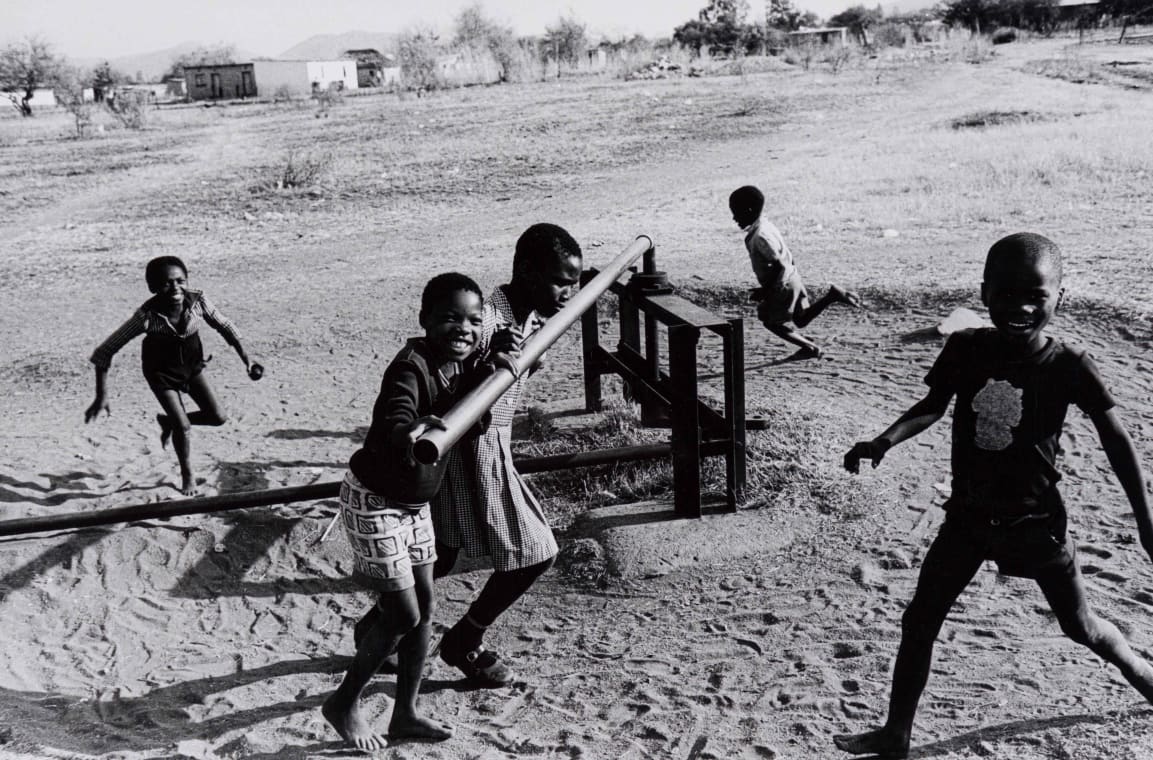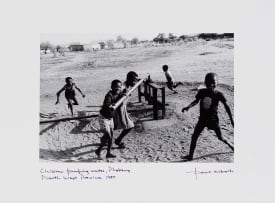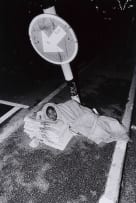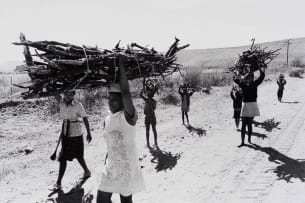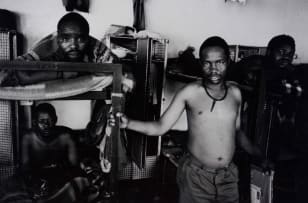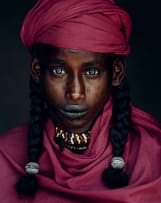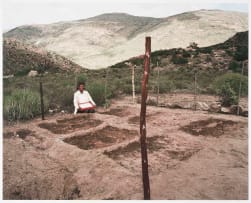Perspectives on Africa
Live Virtual Auction, 17 February 2025
Perspectives on Africa
About the SessionStrauss & Co is pleased to present Perspectives on Africa, a sale that explores the complexity, beauty, and fluidity of perspectives through African art and works by artists with strong ties to the continent. The sale coalesces the rich and varied connections between Africa and its artistic expressions, presenting works that span figuration, landscape, and abstraction, inviting collectors to engage with powerful narratives emerging from Africa's evolving perspectives. The works reflect layered meanings, both as a method of representing depth and dimension as a way of framing our understanding of the world. Work by Contemporary artists reflects on the historical foundations of Modernist artists, exploring themes such as identity, belonging, urbanisation, and re-encounters with tradition, while the sale transitions to Modernist interpretations of Africa, exploring the complexity of colonial encounters, post-independence aspirations, and indigenous practices. Building on Strauss & Co’s commitment to developing a strong local photography market, the sale includes an artist focus on the work of social documentarian Paul Alberts, whose images captured poignant narratives of everyday life, particularly in Cape Town. These works sit alongside David Goldblatt and Zanele Muholi, whose visceral images explore themes of identity, social justice and the multifaceted realities of African life.
Incl. Buyer's Premium & VAT
About this Item
signed and inscribed with the title in ink in the margin; inscribed with the title and inscribed 'BOP 1-53' in pencil on the reverse
Literature
Paul Alberts (1983) The Borders of Apartheid: A Chronicle of Alienation in South Africa with a Portfolio of Photographs on Bophuthatswana Today, Cape Town: The Gallery Press, unpaginated, plate no. 31.
Paul Alberts (1997) Some Evidence of Things Seen: Children of South Africa, Johannesburg: Open Hand Trust, illustrated on page 230 with the title Children pumping water at a public well in Phokeng, Noth-West Province, 1980.
Paul Alberts (2009) Buite die hekke van Eden, Pretoria: Protea Boekhuis, illustrated on page 295.
Notes
"Phokeng is the richest region in South Africa thanks to the platinum reef in the area. That is how it is proclaimed. It is said that the traditional leader of the area (and his extended family) does not know the end of his treasures because in terms of contractual agreements with the mining bosses he receives royalties on the platinum that is mined. Then I ask: How does it happen that donkeys who have been walking around like in the Middle Ages, still pump water here, and if donkeys are not available, then children have to do the work?"-Paul Alberts, 20091
The present lot and A Family Collecting Wood, Dinokana, North West Province 1980 (lot 150) appeared in Alberts' formative book The Borders of Apartheid: A Chronicle of Alienation in South Africa (1983). This publication is a profound exploration of apartheid's policies, with a focus on their impact on Bophuthatswana, one of South Africa's so-called independent homelands. Alberts' own words from the book underscore his motivations:
"All people born in South Africa are South Africans. That I hold this view means that I reject the Homelands policy. Indeed, as I re-read my country's history while compiling the Chronicle which forms the first part of this book, my indignation and anger at this policy and my complicity in it became overwhelming."1
Through a combination of narrative and imagery, Alberts captured both the physical and emotional landscapes shaped by segregation and alienation. His photographs, stark and evocative, transcend time, offering a potent visual commentary on apartheid's social, economic, and political realities.
1. Paul Alberts (2009) Buite die hekke van Eden, Pretoria: Protea Boekhuis, illustrated on page 295.
2. Paul Alberts (1983) The Borders of Apartheid: A Chronicle of Alienation in South Africa with a Portfolio of Photographs on Bophuthatswana Today, Cape Town: The Gallery Press, acknowledgments.
Provenance
The Paul Alberts Estate.
The Photographic Archival and Preservation Association.
